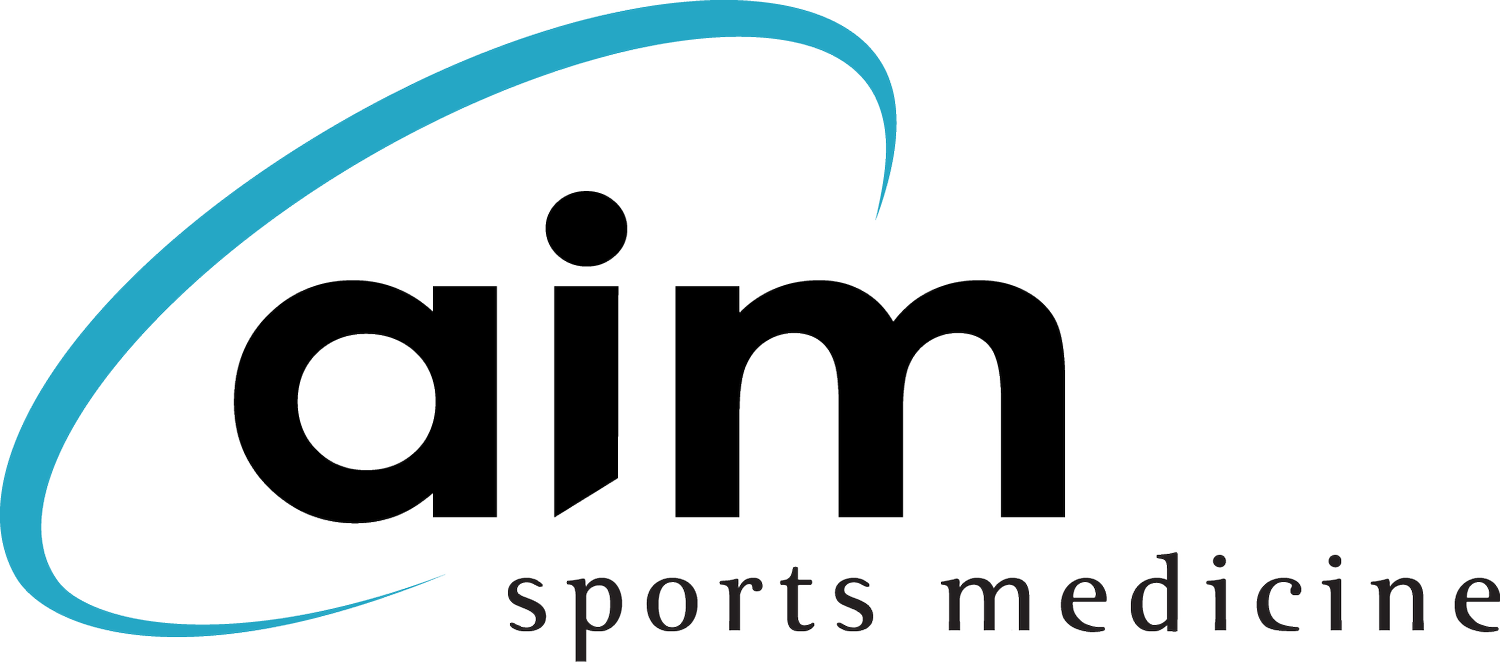Staying active and injury free during the summer
Tips to stay healthy and safe while engaging in summer outdoor activities.
Staying fit and active during the upcoming summer is a great way to make the most of the season and maintain a healthy lifestyle. Here are some tips to help you stay fit and active during the summer:
Engage in Outdoor Activities:
Take advantage of the good weather and participate in outdoor activities that you enjoy. This can include swimming, hiking, cycling, beach volleyball, kayaking, or even a game of frisbee. Outdoor activities not only provide exercise but also allow you to soak up vitamin D from the sun.
Stay Hydrated:
It's essential to stay hydrated, especially during the hot summer months when you're more prone to sweating. Drink plenty of water throughout the day, and carry a water bottle with you when you're outdoors. If you engage in intense activities or exercise for extended periods, consider consuming sports drinks or electrolyte-rich beverages to replenish electrolytes lost through sweat.
Morning or Evening Workouts:
Schedule your workouts in the morning or evening when temperatures are cooler. Exercising during the hottest part of the day can increase the risk of heat exhaustion or heatstroke. If you do exercise during peak heat hours, choose shaded areas, wear light, breathable clothing, and take frequent breaks to cool down.
Explore Water-Based Exercise:
Swimming and water aerobics are excellent options for staying active and cool during the summer. They provide a full-body workout, are gentle on the joints, and help build cardiovascular endurance.
Take Advantage of Local Parks and Trails:
Many of our beautiful cities here in the South Bay have parks and trails that offer opportunities for walking, jogging, or cycling. Explore these options to get outdoors, enjoy nature, and stay active. Consider varying your routes to keep your workouts interesting and challenging.
Set Realistic Goals:
Set realistic fitness goals for the summer and break them down into smaller milestones. This will help you stay motivated and track your progress. Focus on activities that you enjoy and that align with your interests and abilities.
Buddy Up:
Find a workout buddy or join group fitness classes. Exercising with others can make your workouts more enjoyable, provide accountability, and offer an opportunity to socialize while staying active.
Protect Your Skin:
When exercising outdoors, protect your skin from harmful UV rays by applying sunscreen with at least SPF 30, wearing protective clothing, and using sunglasses and a wide-brimmed hat. Remember to reapply sunscreen every two hours or more frequently if you're sweating heavily or swimming.
Embrace Seasonal Produce:
Summer is a great time to enjoy fresh, nutritious fruits and vegetables. Incorporate seasonal produce into your meals and snacks to support a healthy diet. Hydrating foods like watermelon, cucumbers, and berries can help you stay refreshed and nourished.
Practice Self-Care:
Prioritize rest and recovery to prevent burnout and support overall well-being. Get enough sleep, practice stress management techniques, and listen to your body's needs. This might include stretching, foam rolling, or treating yourself to a relaxing massage.
Getting fit for the summer can be an exciting and rewarding goal. Physical therapy can play a crucial role in helping you prepare your body and prevent injuries while improving your overall fitness. Here are some tips to consider:
Warm Up and Cool Down:
Prioritize warming up and cooling down before and after your workouts. A dynamic warm-up routine helps increase blood flow, flexibility, and prepares your muscles for exercise. Cooling down with stretches can aid in preventing muscle soreness and enhance recovery.
Gradually Increase Intensity:
If you're starting a new exercise program, it's important to increase the intensity and duration of your workouts gradually. Pushing too hard too quickly can lead to injuries. Your physical therapist can guide you on how to progress safely and effectively.
Balance Cardiovascular and Strength Training:
Incorporate a balanced mix of cardiovascular exercises, such as walking, jogging, swimming, or cycling, with strength training exercises. Strength training helps build muscle, increase metabolism, and improve overall body composition.
Focus on Core Strength:
A strong core is essential for stability and proper movement mechanics. Include exercises that target your abdominal, back, and hip muscles to improve core strength and stability. Planks, bridges, and Russian twists are effective options.
Pay Attention to Form:
Proper form and technique are vital for injury prevention and optimal results. Work with your physical therapist to ensure you're performing exercises correctly, especially if you're new to certain movements.
Listen to Your Body:
Pay attention to any signs of pain or discomfort during your workouts. Pushing through pain can lead to further injury. If you experience any persistent pain or unusual symptoms, consult with your physical therapist or healthcare provider.
Include Rest Days:
Allow your body time to recover and adapt to the demands of exercise. Rest days are essential for preventing overuse injuries and maintaining overall fitness. Consider incorporating active recovery activities on rest days, such as gentle stretching or low-impact exercises.
Stay Consistent:
Consistency is key when it comes to achieving fitness goals. Stick to your exercise plan, and make it a part of your routine. Consistent effort over time will yield the best results.
Stay fit and healthy.
Contact Aim
If you have a question about our physical therapy, call us, and we'll provide you with our professional opinion. We are ready to support you during your healing journey.
Call or Text us today: (310) 937-2323
Aim Sports Medicine
1035 Aviation Blvd.
Hermosa Beach, CA 90254

